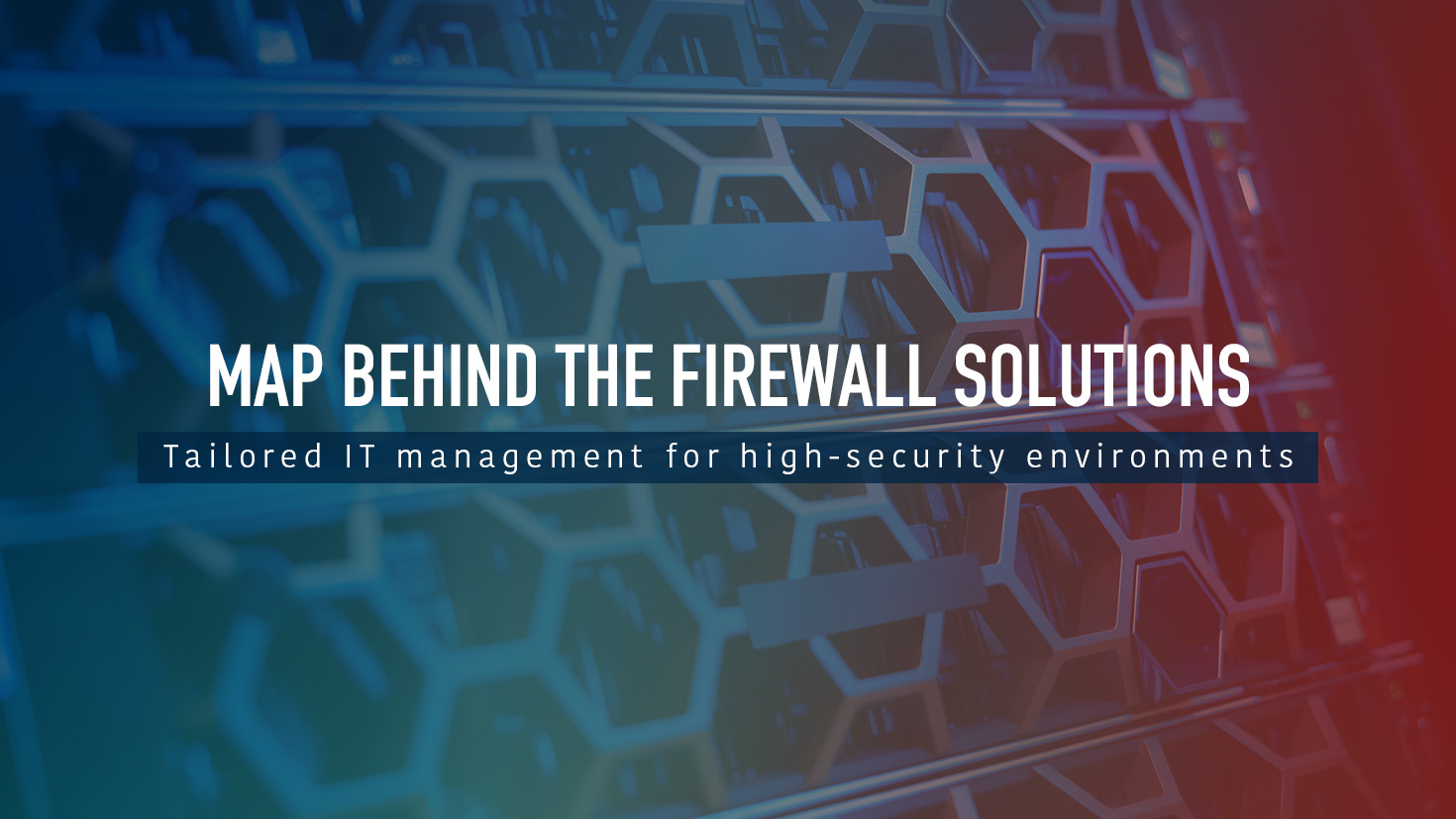Executive Summary
Like other specialist verticals, the petrochemical industry is another industry that relies heavily on Information Technology (IT) systems to manage complex operations, supply chains, and production processes. Naturally, IT outages can have significant consequences, including production losses, inventory management issues, and financial impacts. And this year, the industry has been facing ‘significant’ IT challenges which is forcing many companies to look to cloud based IT management solutions, such as the Managed Activation Platform (MAP), to help them maintain uptime, mitigate downtime and offer support to remote ‘headless’ systems that are often embedded into industrial automation workflows.
The European petrochemical sector has a turnover of €155 billion annually and is a major contributor to the bloc’s economy. But it is characterized by complex processes, high energy consumption, and stringent environmental regulations.
To optimize operations, reduce costs, and ensure compliance, petrochemical companies in Europe are increasingly looking to Cloud based IT management platforms to stem the ‘significant IT challenges’ it faced in 2024, according to a report by S&P Global Commodity Insights.
In the report, S&P noticed that like many industrial verticals, legacy IT infrastructure and the ability to manage it effectively and efficiently was a key factor in outages.
This situation was also compounded by over-capacity and weak demand, which the report found, has resulted in vicious circle of decreased production levels and decreased demand for IT systems and services
In turn, this sector has had an overreliance on creaking IT systems that are long past their sell by date and often have interoperability issues with various technologies from a series of vendors.
Because of the delay in upgrading, it has also hindered the introduction of more robust technologies that can capture vital data analytics that can help better automation, enhance efficiency, collaborate across the value chain, and streamline operations.
Older legacy kit also leaves companies wide open to cybersecurity attacks that can cripple systems, encourage data breaches, and take vital systems offline. Inefficient IT systems can also lead to decreased productivity, increased costs, and reduced competitiveness.
Lastly, natural disasters such as the American ‘Texas Deep Freeze’ in 2021, that caused widespread power outages to petrochemical plants, can also affect IT systems. During the freeze, US Houston-based, chemical manufacturer LyondellBasell suffered a ten-day IT outage due to a hardware failure, impacting its polyethylene and polypropylene production. The outage resulted in lost production, inventory management issues, and financial losses.
European Petrochemical Cloud Adoption
Fortunately, there is some good news for the sector as Cloud based applications are increasingly sought after to manage the issues outlined above. And driven by the need for digital transformation, cost optimisation and increased agility, Cloud Computing is gaining traction. According to recent figures, a reported 45% of European petrochemical companies purchased cloud computing services in 2023, which was up 4.2% compared with 2021.
Although a lot of European petrochemical companies are deploying or considering bespoke cloud applications to speed up digital transformation, the fact remains that unless there is move to more modern architecture, they still face the challenges of outages and the recovery times of break/fix.

Utilising MAP in the cloud for Intel vPro® architecture
With a global CPU market share of nearly 70%, Intel is recognised as one of the leading semiconductor manufacturers and has developed its Intel vPro® architecture to be designed for today’s IT Administrator’s PC fleet management. With an installed base of 220 million Intel vPro devices, Intel sells around 32 million Intel vPro devices every year and represents a powerful convergence of security, management, and performance features that can greatly support companies in the Petrochemical sector. Once activated, out of the box silicon benefits include: Remote Management, Improved Productivity and Enhanced Security.
And to get the best out of the platform, vPro® needs to be activated. But not all companies have the time, resources, or expertise to do this. And for those companies that do have the expertise and resources, typically, it can take a large organization six to nine months to activate vPro. This is where MAP comes in.
The Managed Activation Platform (MAP) from The297 Cloud Company is a cloud-based SaaS tool developed with Intel to simplify the activation and management of PC fleets of Wintel networks, adding the most added value for Intel vPro devices. It is also a complementary solution that can sit alongside other management tools. With MAP (Managed Activation Platform), remote activation can be done in days.
Why Intel vPro® is a credible solution for the Petrochemical industry?
One of the key advantages of Intel vPro® lies in its advanced remote management capabilities. Intel Active Management Technology (AMT) allows IT administrators to diagnose and repair systems from afar, even if the operating system is unresponsive or completely down. And is ideal for managing headless systems in hard or inaccessible places. In such scenarios, Intel Active Management Technology (AMT) ensures business continuity by enabling swift and efficient problem resolution.
Intel vPro® platforms are also designed with hardware-enhanced security features that help protect systems from malware and other threats that could exacerbate outages. Features like Intel® Hardware Shield increases security at all levels: below the operating system, at the operating system level and at application level. It also helps to ensure critical functions stay operational. And in case devices should get infected, the advanced remote management capabilities of Intel vPro® can be used to speed up the recovery phase.
Moreover, Intel vPro® allows for proactive system management, preventing issues before they occur. Through regular patch management and performance monitoring, IT teams can identify potential risks early and take action to prevent major disruptions. This approach ensures that businesses can keep their systems secure and up-to-date without interrupting operations. And For IT departments, proactive patch management and performance monitoring are essential features of Intel vPro® that minimise the risk of encountering failures like the dreaded Blue Screen Of Death (BSOD).
As IT environments grow more complex and interconnected, the importance of reliable management platforms like MAP cannot be overstated. Those companies that leverage activated Intel vPro® technology via MAP will be offered the ability to turn a potential disaster into a manageable inconvenience.

Summary:
Key Factors Contributing to IT Outages in the Petrochemical Industry:
- Legacy Infrastructure: Many petrochemical plants and refineries have outdated IT systems, making them more prone to failures and outages.
- Complexity: The industry’s reliance on integrated systems, including ERP, CRM, and SCADA, increases the risk of IT outages and downtime.
- Cybersecurity Threats: The petrochemical industry is a prime target for cyberattacks, which can lead to IT outages and data breaches.
- Human Error: Operator mistakes and inadequate training can contribute to IT system failures and outages.
- Natural Disasters: Weather events, such as hurricanes and earthquakes, can damage IT infrastructure and disrupt operations.
Best Practices for Mitigating IT Outages in the Petrochemical Industry:
- Invest in Digitalization and Cloud based platforms: Upgrade IT infrastructure and IT Management systems such as Intel vPro® architecture activated and managed by MAP to ensure uptime, scalability, and security.
- Implement Redundancy: Duplicate critical IT systems and infrastructure to minimize downtime and ensure business continuity.
- Risk Management: Implement robust cybersecurity measures, including threat detection and incident response plans.
- Operator Training: Provide comprehensive training to operators on IT system usage and troubleshooting.
- Business Continuity Planning: Develop and regularly test disaster recovery plans to minimize the impact of IT outages.
- Invest in digitalization: Implement data analytics, automation, and IoT technologies to optimize operations, reduce costs, and improve efficiency.
- Foster collaboration: Encourage integration and interoperability across the value chain by promoting standardization and data sharing.
- Develop a skilled workforce: Invest in training and development programs to ensure the industry has the necessary skills to support digital transformation.
- Automation: Headless systems are used in automation and control systems, where devices are managed and monitored remotely, often through industrial protocols like Modbus or BACnet.



